Foxes
Foxes live on almost every continent except Antarctica and thrive in cities, towns, and rural settings. The red fox has the widest geographical range of any animal in the order Carnivora. While its natural habitat is a mixed landscape of scrub and woodland, its flexible diet allows it to adapt to many environments. As a result, its range is the entire Northern Hemisphere, from the Arctic Circle to North Africa to Central America to the Asiatic steppes. It's also in Australia, where it's considered an invasive species.
Foxes are part of the Canidae family, which means they're related to wolves, jackals, and dogs. They're medium-sized, between 3-7 kg [7-15 lbs], with pointy faces, lithe frames, and bushy tails. But unlike their relatives, foxes are not pack animals. When raising their young, they live in small families in underground burrows. Otherwise, they hunt and sleep alone.
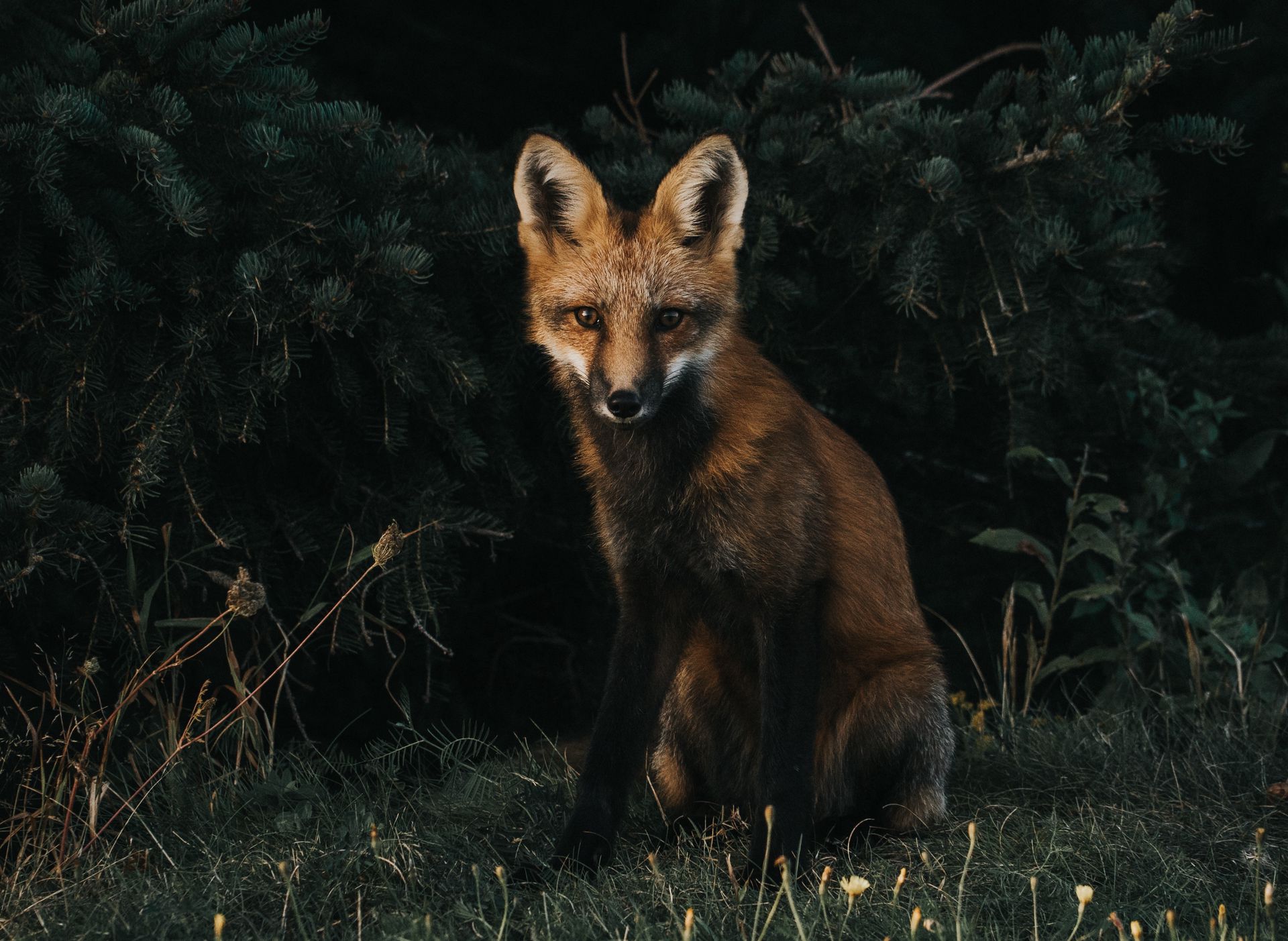
Like the cat, the fox is most active after the sun goes down. In fact, it has vertically oriented pupils that allow it to see in dim light. It even hunts in a similar manner to a cat, by stalking and pouncing on its prey. And that's just the beginning of the similarities. Like the cat, the fox has sensitive whiskers and spines on its tongue. It walks on its toes, which accounts for its elegant, cat-like tread. And—get this—many foxes have retractable claws that allow them to climb rooftops or trees. Some foxes even sleep in trees—just like cats.
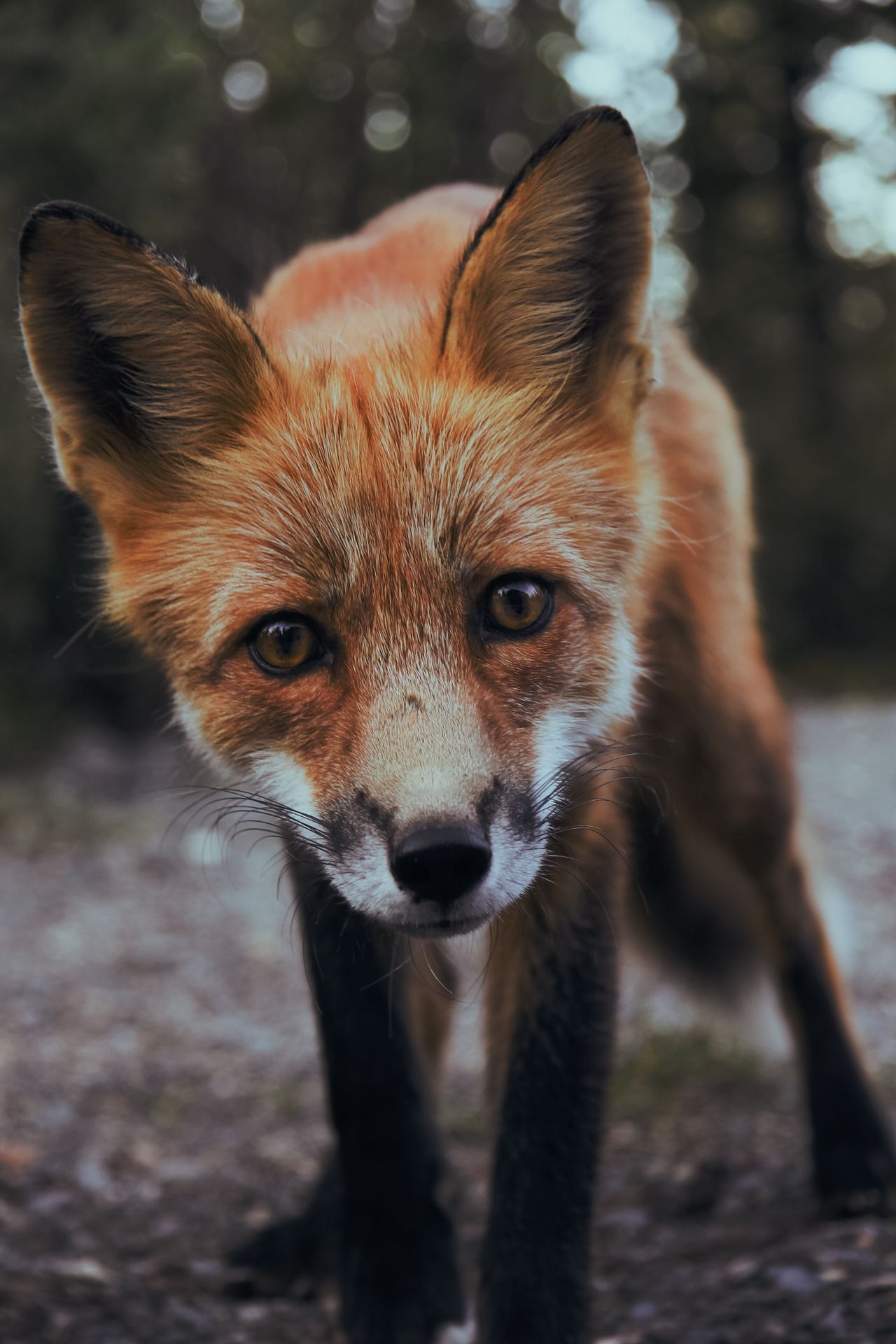
According to certain scientists, the fox harnesses the earth's magnetic field to hunt. Other animals, like birds, sharks, and turtles, have this "magnetic sense," but the fox is the first one discovered that (supposedly) uses it to catch prey.
Foxes reproduce once a year. Litters range from one to 11 pups (the average is six), which are born blind and don't open their eyes until nine days after birth. During that time, they stay with the vixen (female) in the den while the dog (male) brings them food. They live with their parents until they're seven months old. The vixen protects her pups with surprising loyalty. Recently, a fox pup was caught in a trap in England for two weeks, but survived because its mother brought it food every day.

Roughly the size of a kitten, the fennec fox has elongated ears and a creamy coat. It lives in the Sahara Desert, where it sleeps during the day to protect it from the searing heat. Its ears not only allow it to hear prey, they also radiate body heat, which keeps the fox cool. Its paws are covered with fur so that the fox can walk on hot sand, like it's wearing snowshoes. Fennec fox shown below.
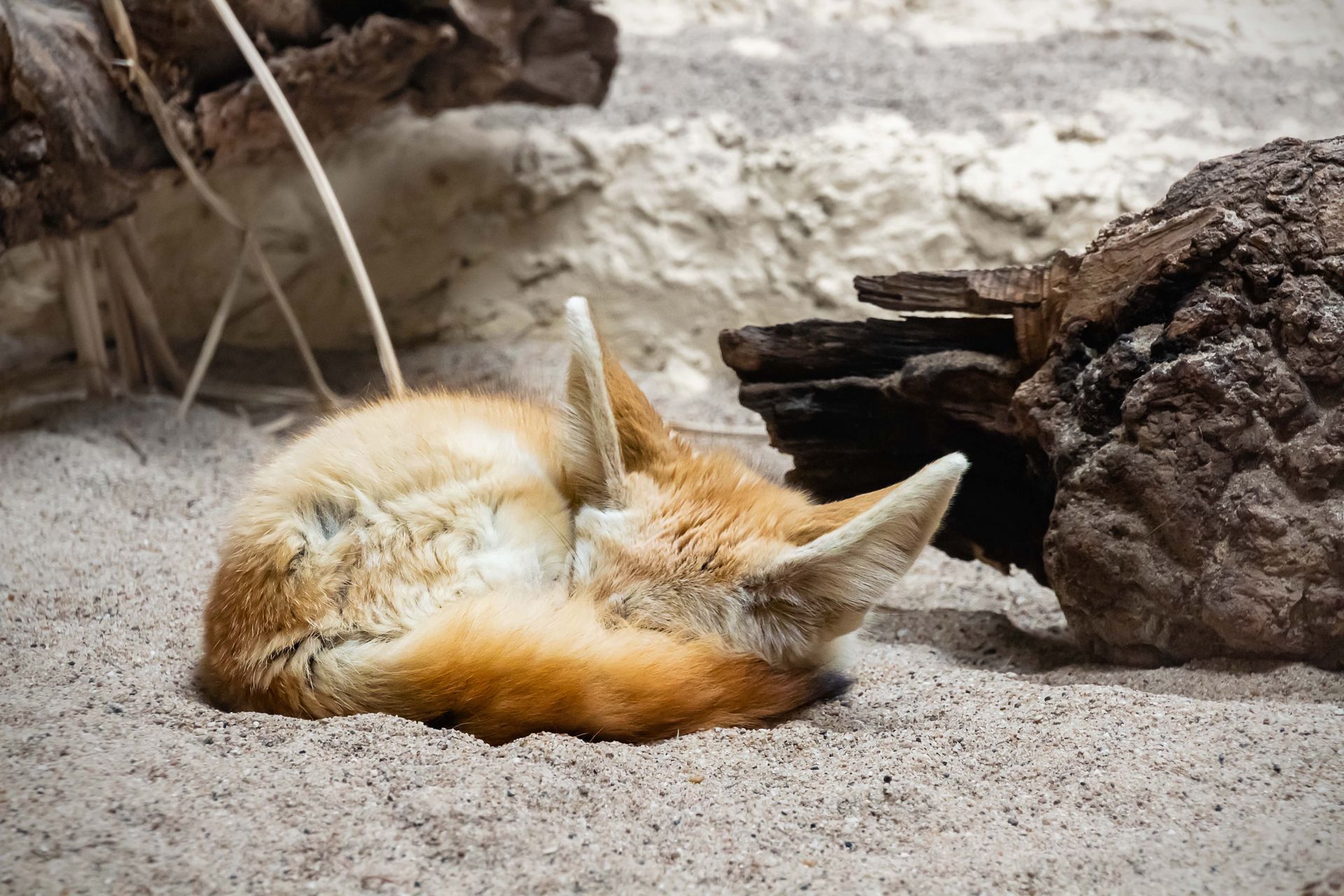
Foxes are known to be friendly and curious. They play among themselves as well as with other animals like cats and dogs. They love balls, which they (supposedly) frequently steal from golf courses.
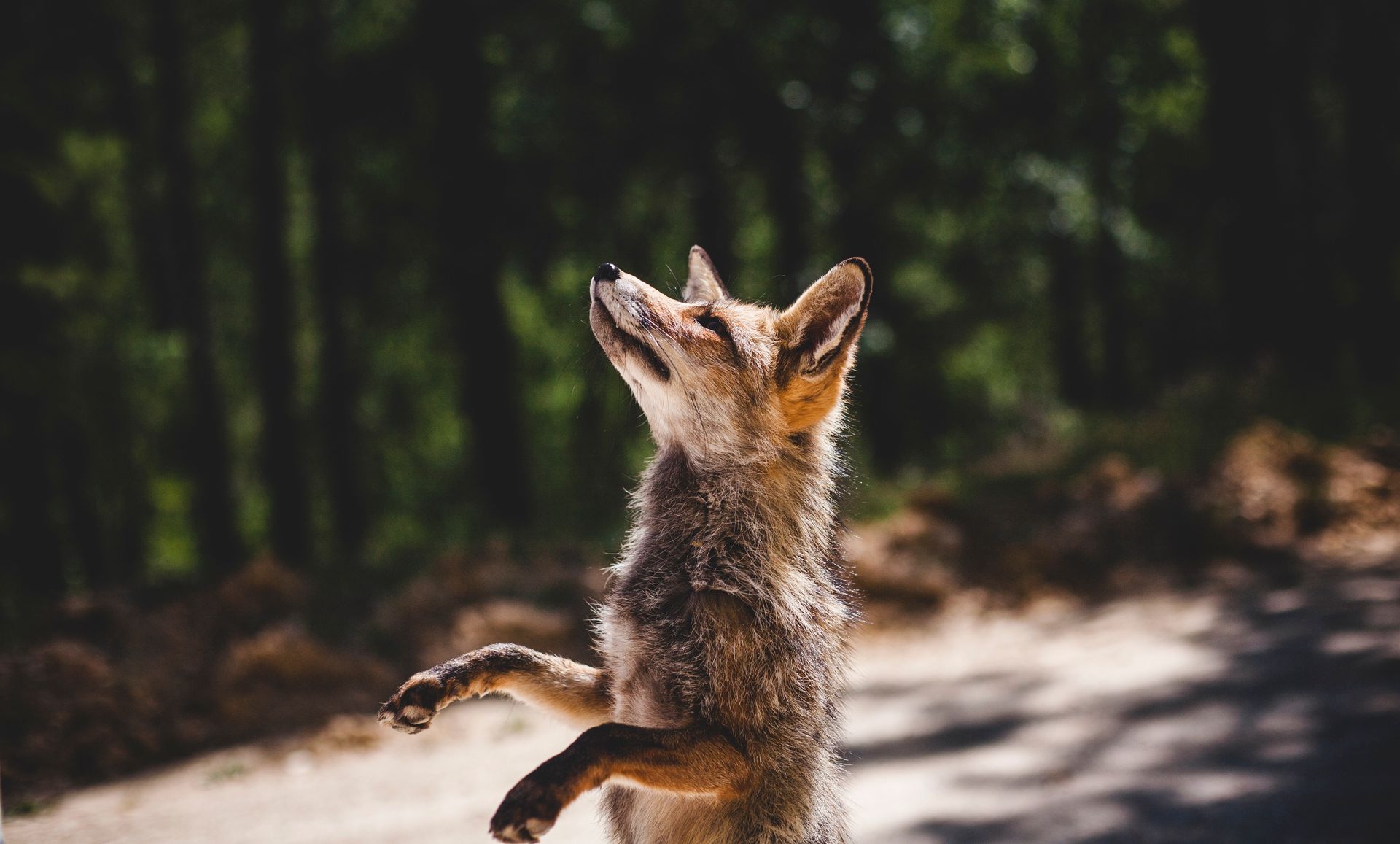
Although foxes are wild animals, their relationship with humans goes way back. In 2011, researchers opened a grave in an ancient cemetery in Jordan to find the remains of a man and his pet fox.
The arctic fox, which lives in the northernmost areas of the hemisphere, can handle cold better than most animals on earth. It doesn't even get cold until –70 C [-94]. Its white coat also camouflages it against predators. As the seasons change, the coat changes too, turning brown or gray so the fox can blend in with the rocks and dirt of the tundra. Both images below are of arctic foxes.
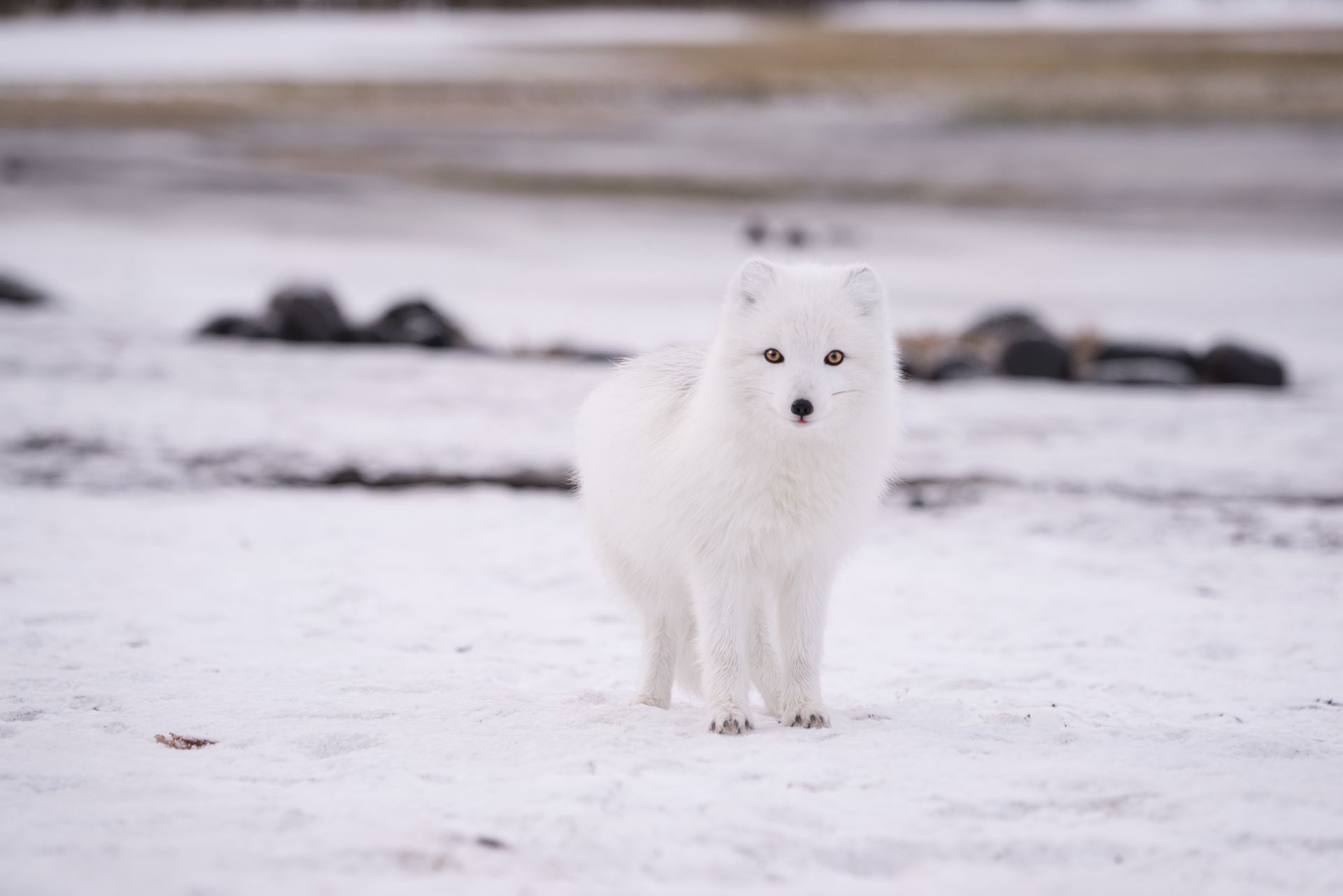
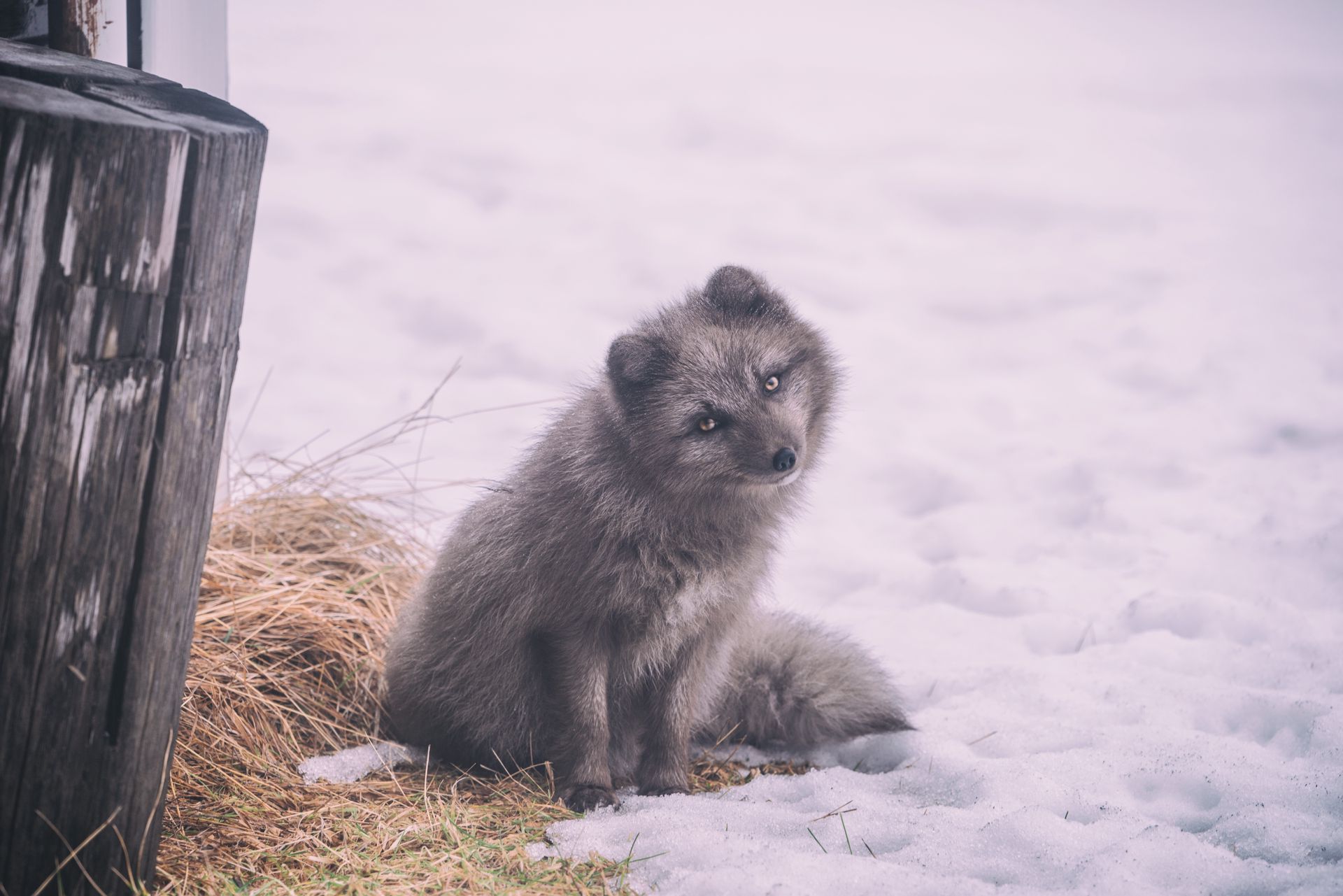
Perhaps because of the fox's ability to decimate a chicken coop, in the 16th century, fox hunting became a popular activity in Britain. In the 19th century, the upper classes turned fox hunting into a formalized sport where a pack of hounds and men on horseback chase a fox until it is killed. Today, whether to ban fox hunting continues to be a controversial subject in the UK. Currently, fox hunting with dogs is not allowed.
The bat-eared fox is aptly named, not just because of its 13 cm [5 in] ears, but because of what it uses those ears for—like the bat, it listens for insects. On a typical night, the fox walks along the African Savannah, listening, until it hears the scuttle of prey. Although the fox eats a variety of insects and lizards, most of its diet is made up of termites. In fact, the bat-eared fox often makes its home in termite mounds, which it usually cleans out of inhabitants before moving in.
During his voyage on the Beagle, Charles Darwin collected a fox that today is unimaginatively called Darwin's Fox. This small gray fox is critically endangered and lives in just two spots in the world: One population is on Island of Chiloé in Chile, and the second is in a Chilean national park. The fox's greatest threats are unleashed domestic dogs that carry diseases like rabies.
Foxes make 40 different sounds. The most startling is the scream:
https://youtu.be/zk1mAd77Hr4
-
Supposed facts above may or may not be 100% true. I couldn't find sources, but here is the main article by Joy Lanzendorfer:
http://mentalfloss.com/article/59739/14-fascinating-facts-about-foxes
(included in the comment section)
Normally I compile facts from sites such as Nat Geo and/or a site where I can check the sources to make sure the facts are correct, such as Fact Retriever.
Bạn đang đọc truyện trên: AzTruyen.Top